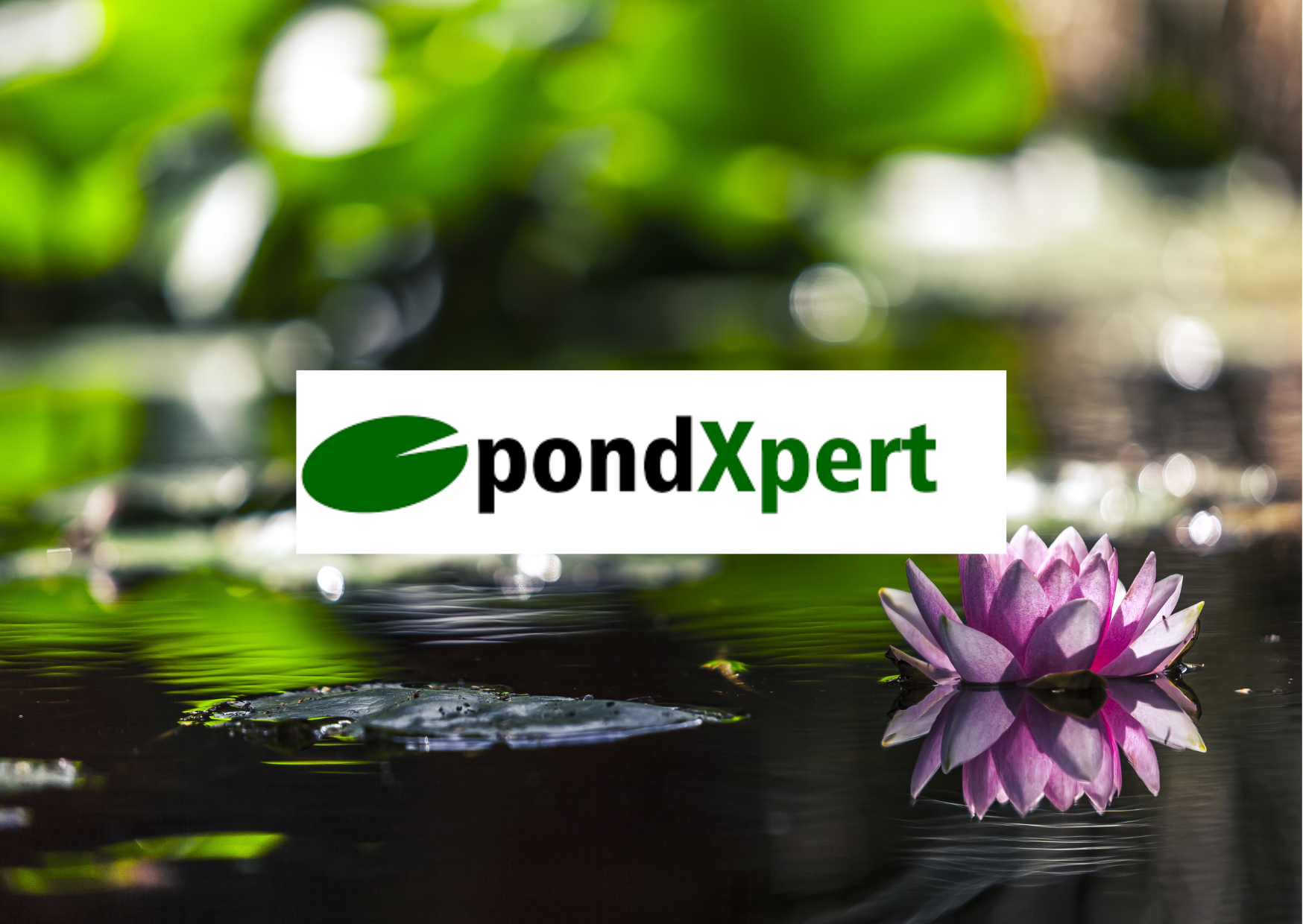Next working day delivery with Royal Mail Tracked 24
PondXpert Guide: Repotting Pond Plants

How to re-pot your pond plants.
How do I know a plant needs to be re-potted?
Depending on the type, pond plants can often need re-potting or splitting every one to two seasons. If plants stop thriving, produce yellow spots on their leaves or stopped flowering, this could be an indication that they have outgrown their pots. Roots will often grow out of the basket, but if there are a lot of stray roots growing out and the roots are visibly over grown within the basket, then this can also be an indicator. 
What will I need?
Aquatic Soil - this contains less nutrients so it will not affect your water quality or aggravate algae problems.
Baskets - larger than your existing baskets that you are replacing unless you are splitting your plants at the same time.
Basket Liners - hessian
Aquatic Gravel - pea sized gravel to keep the soil in place
Plant Cutters
Fertilizer - an ideal opportunity to add fertilizer to you plant baskets while they are out of the water.
Equipment - Trowel, gloves, waders (depending on pond depth), watering can of pond water.
When should I do this?
Spring/ summer when the plants are in full growth. This allows any surfaces that have been cut to heal quickly. If done in a colder weather season cuts may not heal but instead rot. This is also the case for plant division.
How do I repot my pond plants?
Marginals
Plants are easier to handle if they are trimmed before repotting. Dead flowers and foliage need to be removed from upright plants. Submerged plants can be cut to within about 6 inches of their pots.
Gently remove the plants from their baskets and rinse the roots with a watering can of pond water. A hose can be used if preferred but then rinse the plant with pond water afterwards to ensure you are not adding chlorine or chloramine to your pond water (this is only relevant if you have fish, otherwise general tap water from a hose will be fine).
Trim plant and roots. If the plant's roots have become too crowded in the container, or have grown far out of the drain holes, it is time to divide them. Line your chosen basket with a hessian square or lining squares if desired. Add some fresh aquatic soil to the bottom of your new baskets so that the part of your plant that should be at surface level rests about an inch below the top of the basket. Add fertilizer and then fill the basket with soil up to an inch below the crown of the surface. Finally add aquatic gravel over the top of your soil so that it does not get disturbed.
Make sure to lower your newly potted plants slowly into your pond so as not to disturb the soil or gravel.
Water Lilies
Line your chosen basket with a hessian square or lining squares if desired. Fill your planting basket to approximately one third full with aquatic soil and then add fertilizer. Wash any soil from the long roots (rhizomes) of the lily bulb (as above ensure you do not contaminate your pond with tap water if keeping fish). From the centre to the side of the pot, dig a slight trench. Lay the bulb in this trench with the root pointing towards the centre of the pot.
- Add more topsoil to the pot, allowing 1-2 inches to the top edge.
- Wash all soil off the lily roots. Hardy waterlilies produce long fleshy roots called rhizomes, these can be cut when re-potting.
- The part of the root where the leaves emerge is called the growing tip. Cut the rhizome 4-5 inches back from the growing tip.
- Use a 7 qt pot or larger without drainage holes. Fill 1/3 full with topsoil, sprinkle with 1 tbsp of Landon Fertilizer per 7 qts. of soil and mix thoroughly.
- Dig a shallow trench from the center of the pot to the side; next lay in the rhizome with the growing tip pointing toward the center.
- Fill with topsoil to within 1-2” of top.
- Firmly punch down the soil to eliminate any air pockets.
- Top off with a 1/2” layer of sand and then a 1/2”-1” layer of pea gravel.
- Gently lower the waterlily back into the pond.
To browse our range of pond plants online please click here.
To browse our range of planting supplies and baskets please click here.
Source: PondXpert Guides
Photo credit(s): Canva Pro Licence




